
All categories
Featured selections
Trade Assurance
Buyer Central
Help Center
Get the app
Become a supplier

(552 products available)

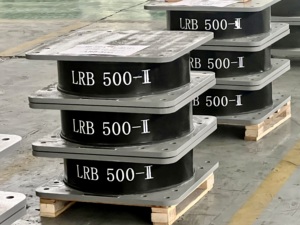
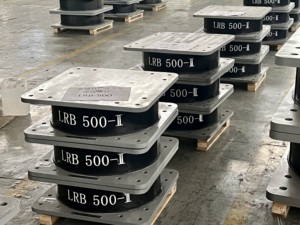
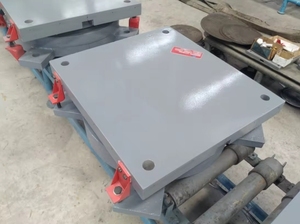
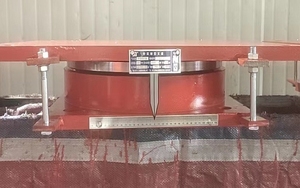
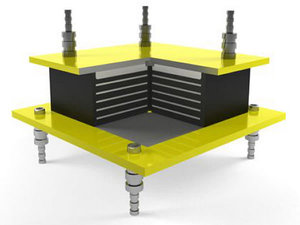





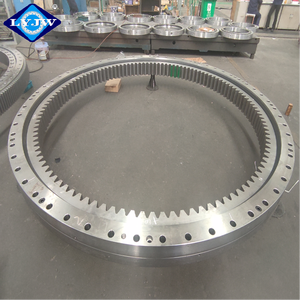


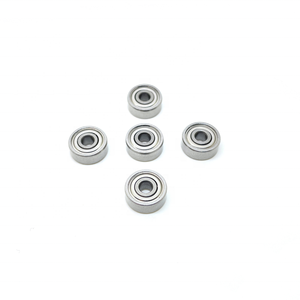

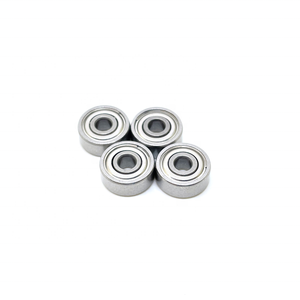



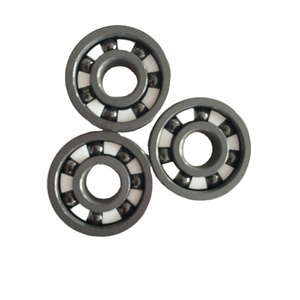




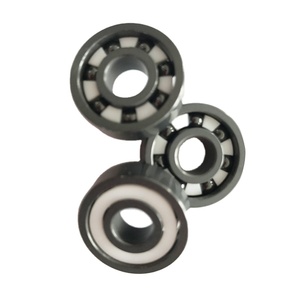








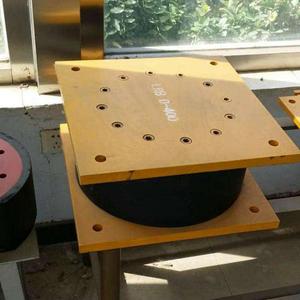
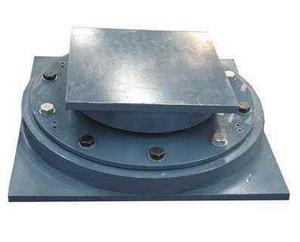
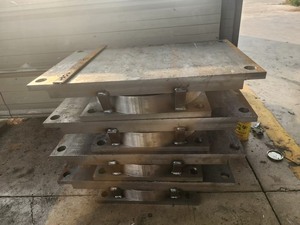


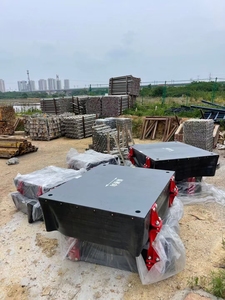


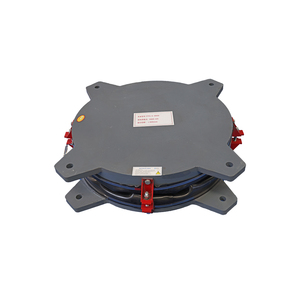
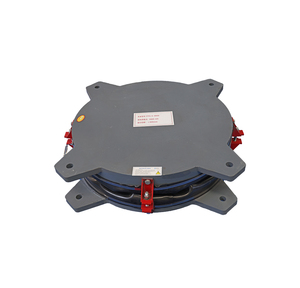

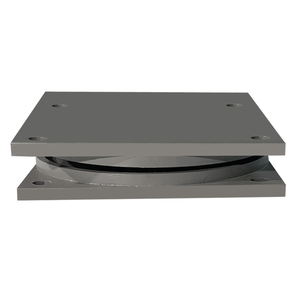




Transmission parts are produced in several different types, with each type serving a unique merit. These types are:
Friction Pendulum Bearing System 1
This type offers single friction surfaces and displacement in a horizontal direction. Therefore, the bearings serve a simple and comparatively more affordable solution for basic seismic centers that have low or moderate seismicity. Usually, the design is logical and easier to implement; hence, such bearings find applications in less complicated structures.
FPB System 2
It incorporates dual friction surfaces with enhanced stability offered by different friction coefficients. In simple terms, this system is designed to control larger seismic forces. Therefore, it is adaptable for a wider range of seismic zones due to its design, which combines safety and performance with efficiency.
FPB System 3
The concept of this bearing system design is the inclusion of a spherical surface that allows for rocking motions. It helps in diverting horizontal forces away from the structure. The pendulum action provides a higher level of displacement accommodation. Therefore, this type is suitable for highly seismic and tall structures.
Isolator System
These are designed to provide flexibility and can reduce transmitted forces. These bearings can extend horizontally without rocking. The main aim is to protect against vibrational energy. They are typically used on bridges and sensitive equipment manufacturing buildings.
The Friction Pendulum System 5
Inclination on the bearing track shall be expected because the multi-friction surface comes with different friction coefficients with slope variations. Thus, the system shall be able to control more complex movements and forces. Henceforth, it is beneficial in advanced engineering projects since it can help in better demand responses and dynamics modeling.
This seismic isolation system can be made from different materials, each chosen for specific features. They include:
Steel
High-strength structural steel is capable of supporting large loads and is used for the main body of friction pendulum bearings. In addition, it is selected because of its resistance to seismic forces and ductility, which allows energy absorption without the risk of getting broken.
Friction surfaces
These are mostly made of special polished stainless or carbon steel. It provides optimal wear resistance for the contact surfaces. Also, it is corrosion-resistant and increases the lifespan of the bearing in its application under adverse conditions.
Spherical sliding surface
The core of the FPB is a concave sliding surface, which is usually produced using high-strength steel. This is hard-wearing and durable, hence providing smooth sliding conditions during movements.
Elastomeric bearing core
If there are any pendulum bearings with elastomer components, those polymer materials will likely perform this task. These materials have the ability to absorb energy and then make the system flexible, resulting in pendulum motion.
Chemical and environmental resistance
The rubber or polymer layers contain ozone and UV protection. Therefore, these materials ensure that the bearings work in an extended period outdoors in different weather conditions.
Reinforced steel plates
The layers inside elastomeric bearings are steel-reinforced plates. They add stiffness and strength. In addition, these plates were designed in such a way that they help transmit forces efficiently while minimizing the chances of deformation.
Friction Pendulum bearings are beneficial in many commercial applications. Some of these applications include:
Bridge Construction
FPB protects bridges from seismic forces and wind-induced vibrations and increases structural lifespan. Therefore, such bearings facilitate the safety and reliability of the movement systems, especially in long-span bridges that experience greater dynamic effects.
High-Rise Buildings
FPB is used to isolate seismic forces in tall buildings. It allows floors to move independently and hence reduces sway. This improves occupant safety and comfort. In addition, FPB is used in numerous large architectural designs due to their visual appeal and performance attributes.
Industrial Facilities
These bearings are applied in manufacturing plants, petrochemical facilities, and power plants. They keep equipment and machinery stable during quakes, thus protecting essential systems like power generation, which needs minimum disruption.
Transportation Systems
FPB dampen vibrations and improve the stability of rail systems such as subways and high-speed trains. They ensure passenger comfort while increasing the lifespan of the rail infrastructure and rolling stock. In addition, they are used in expansion joints and reduce stress and wear on the road.
Seismic Isolation for Sensitive Equipment
FPB are installed in control centers, data storage, medical imaging machines, and research labs, isolating seismic and vibrational interference and ensuring the optimal functionality of the sensitive systems.
Base Isolators
FPB act as base isolators in critical facilities like hospitals and emergency response centers during seismic events, ensuring protection for people and infrastructure.
Here are some important things buyers should consider when choosing pendulum friction bearings for sale:
Load type
Buyers should ensure the bearings can handle the specific load types in their applications, such as static, dynamic, or overturning. This is because the bearing's design will determine how well it performs under various loading conditions.
Seismic performance
At this stage, buyers should consider the seismic design rules in their region. They should choose bearings that meet these requirements to ensure structural safety.
Customization
Buyers should ask for customized bearings if they need them to work perfectly in their unique conditions. They should explain their specific system needs and seek expert advice on the most suitable solutions. They should also consider the long-term maintenance needs of friction pendulum bearings. Usually, minimal maintenance can provide cost savings and ensure reliable performance over time.
Cost versus lifespan
To make the right decision, buyers should balance the initial costs of the friction pendulum bearings and the expected costs over the lifespan. Take note; durable bearings may have higher upfront costs but do not require frequent replacements, saving costs in the long run.
Installation and alignment
These can affect the performance of the friction pendulum bearings. Therefore, buyers should consider the complexity of the installation process and whether proper alignment is necessary to prevent uneven wear and failure. They should ensure the installation can be handled by experienced personnel or provided with the necessary guidance.
Testing and certification
Buyers should choose friction pendulum bearings that have been tested and certified by reputable organizations to ensure they meet the required performance and safety standards.
Generally, lubricants reduce friction and wear between the contact surfaces of the pendulum bearings. This decreases the amount of heat generated during the movement, thus minimizing wear on the friction surfaces and preventing damage to the bearings. Therefore, smooth movements are facilitated by lubricants, which are helpful in avoiding surface degradation, promoting longer life, and maintaining performance.
Here, corrosion resistance is required in coastal areas, while wear resistance is needed in regions with extreme temperature variations. Thus, the bearings used in outdoor applications are usually resistant to UV exposure. Therefore, the selected materials based on environmental factors ensure durability and performance in different contexts.
High-friction surfaces provide better resistance to sliding and are valuable in applications where large seismic forces need to be resisted. In addition, they increase the load capacity and enhance the bearings' stability. Therefore, it is applicable in regions with high seismic activity and heavy infrastructure.
Periodic inspections allow early detection of wear, misalignment, or damage. In addition, it helps ensure that the bearings maintain their seismic isolation function. Therefore, the lifespan of the bearing is extended with timely maintenance, resulting in lower long-term costs and avoiding costly repairs or replacements.
The incorporation of smart materials and better surface treatments, as well as advanced predictive maintenance tools for monitoring wear and performance in real time are some of the technological advancements in FPB. These developments make the bearings more efficient and durable and allow better tuning to the specific needs of commercial applications.